
Inner Own Peace

of the Middle Way

for Everybody
Sikhi History

What is Sikhi?
Sikhi refers to the Sikh religion, which was founded in northern India by a wise man called Guru Nanak in the fifteenth century. Sikhi is based on Guru Nanak’s teachings, as well as nine other gurus who came after him. Sikhi is the fifth-largest religion in the world, with around 25 million Sikhs worldwide. It is estimated that between 700,000 and 900,000 Sikhs currently live in the UK.
Sikh men wear turbans to cover their long hair, with younger boys wearing their uncut hair in a topknot, covered with a piece of fabric. Sikh women meanwhile, cover their hair with a long scarf called a dupatta or chunni, or they can choose to wear turbans too. Sikhi advocates equality, social justice, service to humanity, and tolerance for other religions. The essential message of Sikhi is spiritual devotion and reverence of God at all times while practicing the ideals of honesty, compassion, humility and generosity in everyday life.
Ten Sikh Gurus
Welcome to the gateway into the lives and teachings of the 10 Gurus who shaped the Sikh religion and enshrined its core values of equality, selfless service and devotion to the Divine.
We will provide illuminating insights into each of the 10 Gurus – from Guru Nanak, the revered founder of Sikhi, to Guru Gobind Singh who established the Khalsa Panth.
- You will learn about their early years, spiritual awakenings, travels and teachings.
- How did they inspire social reform against caste discrimination and women’s oppression?
- What were their unique contributions that strengthened the Sikh community?
- How did they resist religious persecution?
- What sacrifices did they make to uphold values of freedom and justice?
These stories from the lives of the 10 Gurus reflect the wisdom and courage that arises when rooted in the Oneness of Ik Onkar. Their compassion transformed society and commitment in the face of grave injustice remains eternally inspiring.
This is your opportunity to immerse yourself in the human experiences and divine revelations that shaped the Sikh religion for over 200 years through these ten guiding lights. Let their teachings resonate within and illuminate the path ahead.
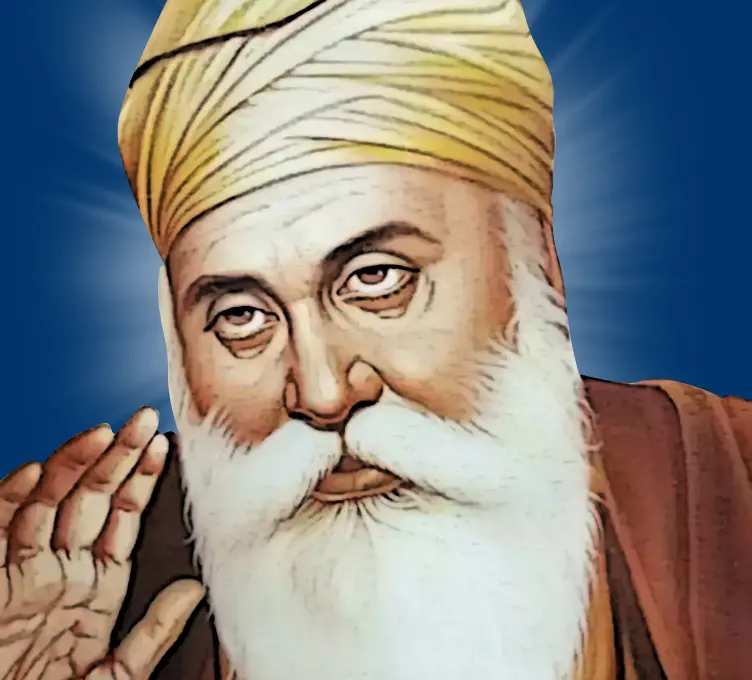
Guru Nanak Dev Ji
(1469-1539)
1st Sikh Guru
Founded Sikhi. Preached message of one God, rejecting empty rituals. Traveled widely to spread teachings.
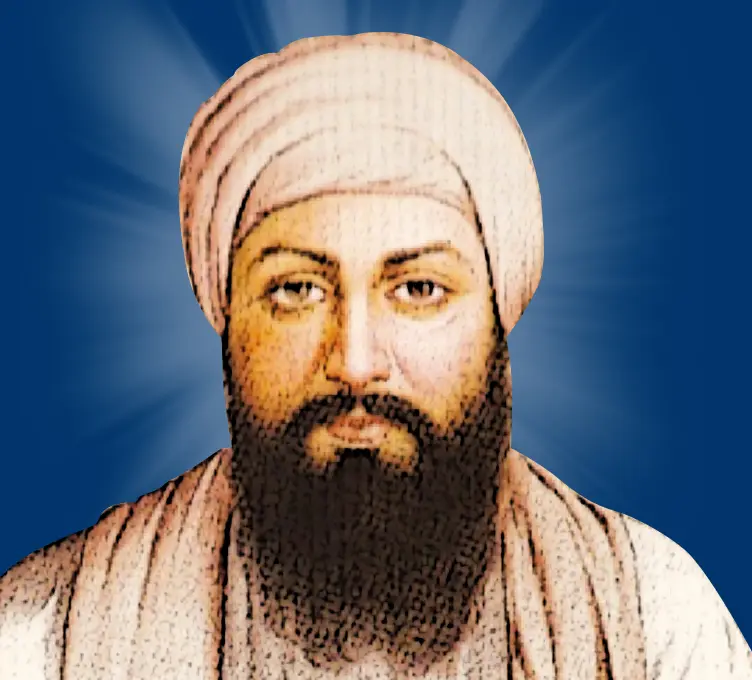
Guru Angad Dev Ji
(1504-1552)
2nd Sikh Guru
Encouraged education and Gurmukhi script. Collected Guru Nanak’s teachings.
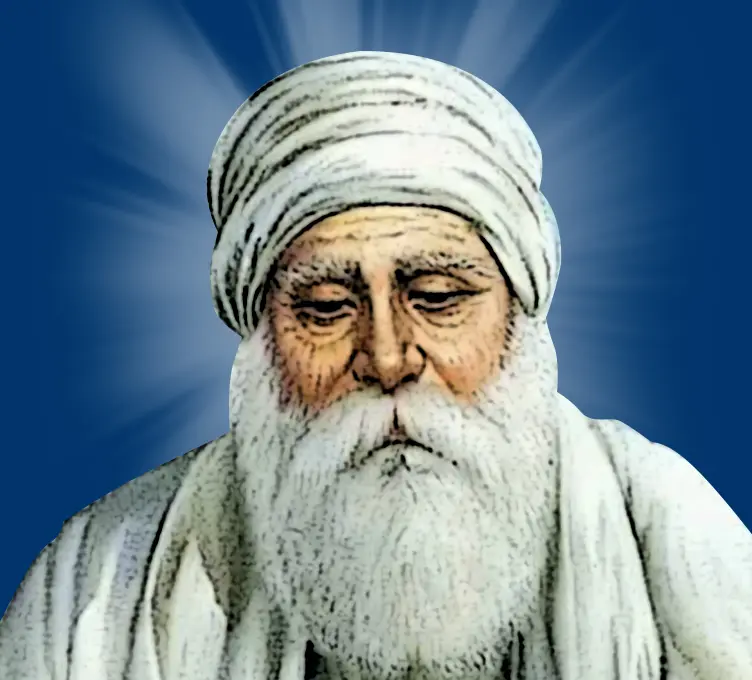
Guru Amar Das Ji
(1479-1574)
3rd Sikh Guru
Continued teaching social equality and service. Established Manji seats to spread Sikhi.
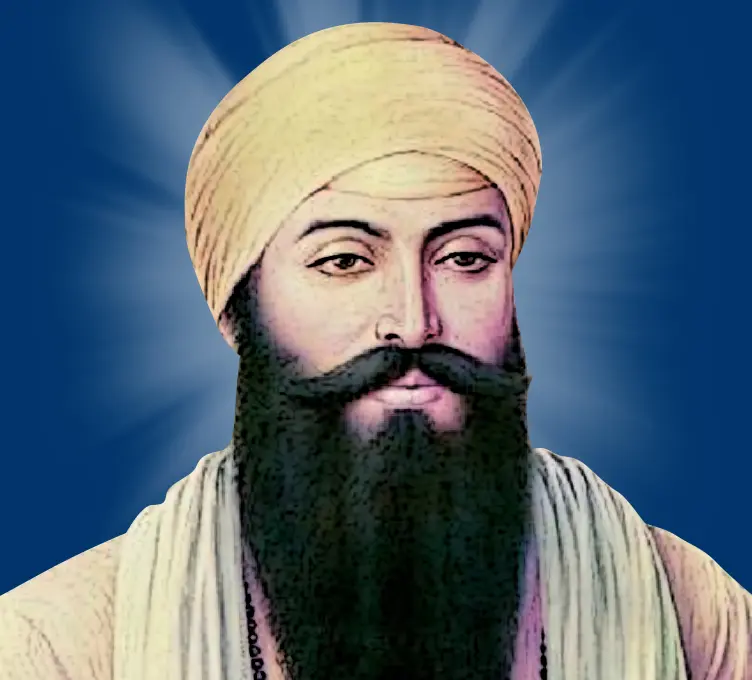
Guru Ram Das Ji
(1534-1581)
4th Sikh Guru
Built Golden Temple in Amritsar. Emphasised living a humble life of service.

Guru Arjan
(1563-1606
5th Sikh Guru
Compiled first Sikh scripture, the Adi Granth. Built Harmandir Sahib temple. Stressed selfless service and devotion
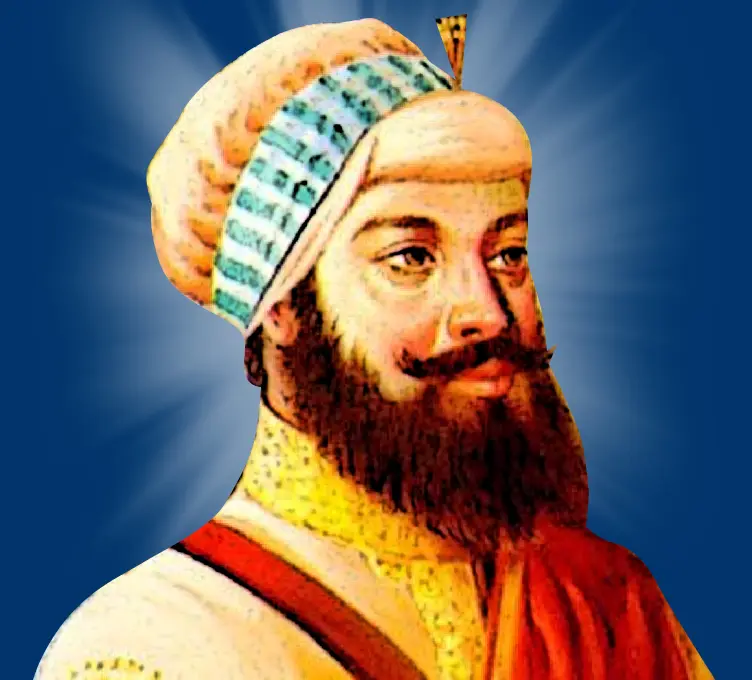
Guru Hargobind
(1595-1644)
6th Sikh Guru
Built Akal Takht as political symbol. Prepared Sikhs to defend themselves against Mughal injustice.

Guru Har Rai
(1630-1661)
7th Sikh Guru
Known for peaceful spirit and healing abilities. Maintained armies and supported scholars.

Guru Har Krishan
(1656-1664)
8th Sikh Guru
Led Sikhs as a young boy. Known for his wisdom, devotion and miracles.
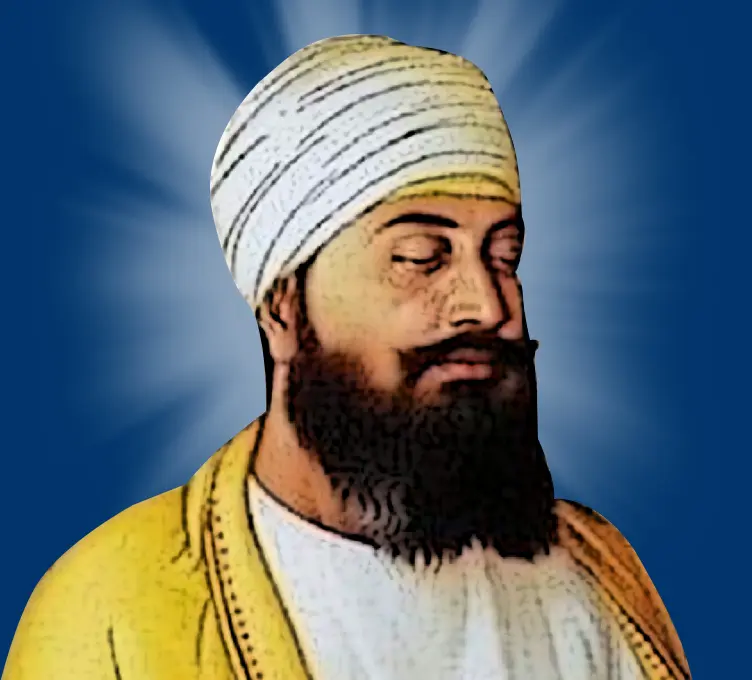
Guru Tegh Bahadur
(1621-1675)
9th Sikh Guru
Martyred for defending religious freedom of Hindus from Mughal rulers. Established town of Anandpur.
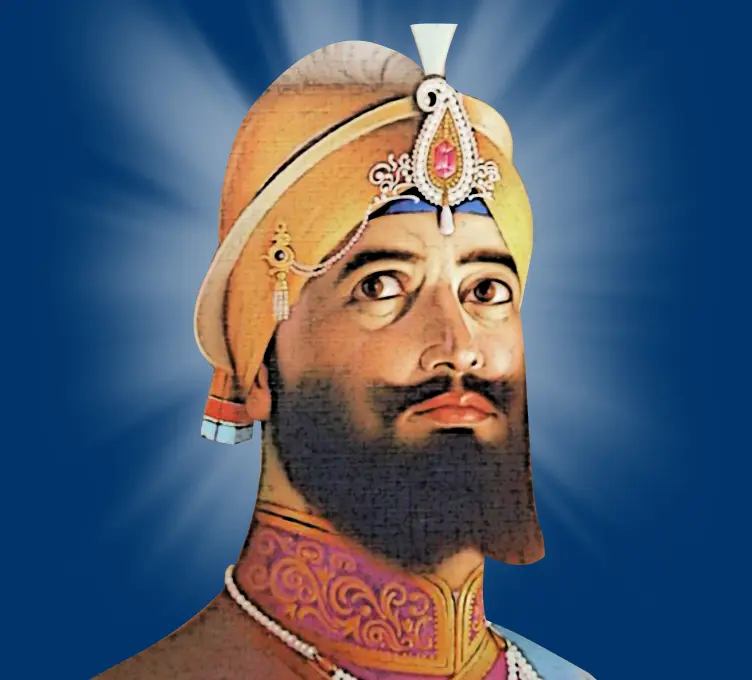
Guru Gobind Singh
(1666-1708)
10th Sikh Guru
Established Khalsa order. Compiled final version of Sikh scriptures. Fought against Mughal injustice.
History of Maharaja Ranjit Singh
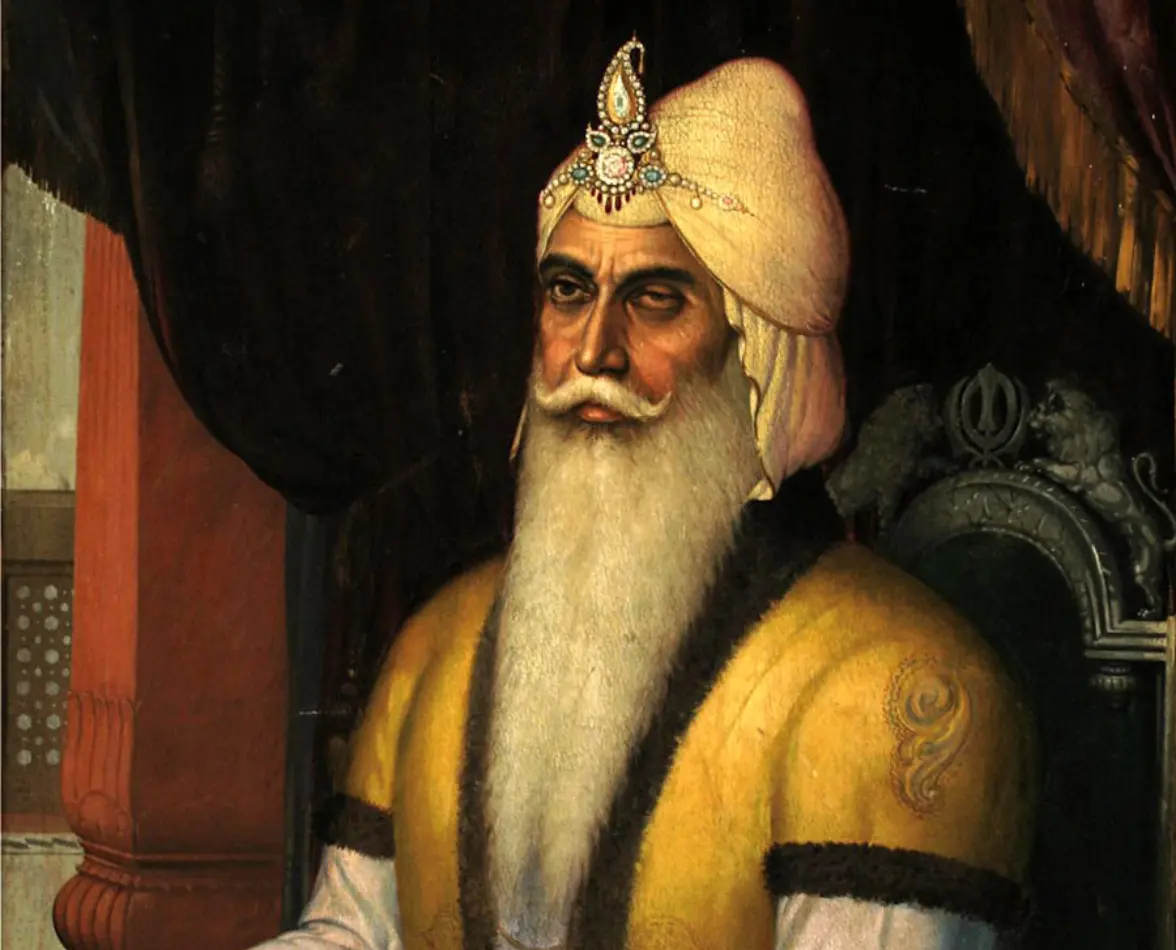
Ranjit Singh, Maharaja of The Sikh Empire
During the medieval period, Sikh martial history was marked by the emergence of Sikh warrior-saints known as “Gurus.” The tenth Guru, Guru Gobind Singh, played a pivotal role in shaping Sikh martial traditions. He founded the Khalsa, a community of initiated Sikhs, in 1699 and initiated them into the warrior tradition by giving them the Five Ks, including the kirpan (a ceremonial sword). Guru Gobind Singh and his Khalsa followers fiercely resisted religious persecution and tyranny by the Mughal rulers and other oppressive regimes. The Sikhs engaged in several battles and skirmishes, defending their faith and principles. This period saw the development of a strong martial ethos among Sikhs, and their dedication to defending justice and religious freedom eventually led to the establishment of the Sikh Empire under Maharaja Ranjit Singh in the early 19th century.
During this tumultuous medieval period, Sikhs endured immense sacrifices and demonstrated unwavering courage in their struggle for religious freedom. Their martial spirit, characterized by the concept of “Sarbat da Bhala” (the well-being of all), not only protected their own community but also advocated for the welfare of all people, regardless of their faith or background. This rich martial heritage remains an integral part of Sikh identity and continues to inspire Sikhs worldwide.
